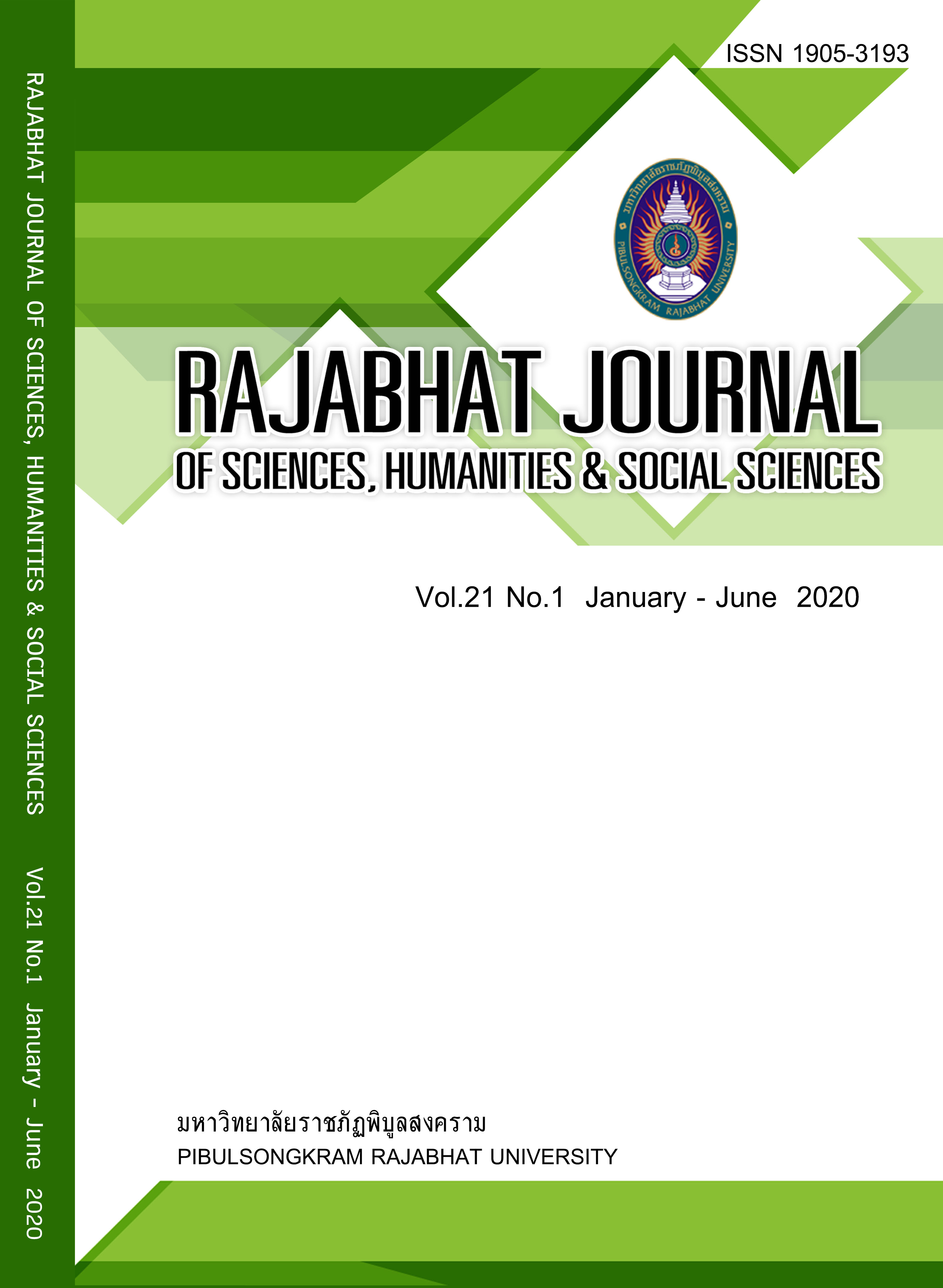THE APPLICATION OF MCH FOR DIFFERENTIATION OF NORMAL FROM NORMAL Hb TYPING, NOT RULE OUT α-THALASSEMIA
Keywords:
MCH, α-thalassemia, DifferentiationAbstract
Thalassemia is the most common genetic disease in Thailand. Its gene could be passed on to the off spring, so laboratory investigation plays an important role on control and prevention of severe thalassemia. Hemoglobin (Hb) typing method must be performed in order to find a risk coupler. In normal people, the results of Hb Typing will be A2A, which must be considered in conjunction with red blood cell indices.
If red blood cell indices are normal reported A2A Normal, if red blood cell are abnormal reported A2A Normal Hb Typing, not rule out α-thalassemia. Because Hb Typing method cannot separate α-thalassemia with Normal, So be confirmed by PCR. This causes additional a waste of budget, increased workload, and patients wasting time waiting. If there is a value used as a dividing point to separate normal people from Normal Hb Typing, not rule out α-thalassemia group, it will reduce this problem.
The aim of this study is to apply Mean corpuscular hemoglobin (MCH) level to exclude normal people from Normal Hb Typing, not rule out α-thalassemia group when Hb typing result was obvious, opportunities to reduce confirmation by PCR. A total of 125 samples were collected to diagnose α-thalassemia trait and Normal Hb Typing, not rule out α-thalassemia was reported. Based on the ROC curve, the best cut-off level of MCH in predicting the α-thalassemia trait was 22.2 picrograms. The MCH level ≥ 22.2 picrograms gave the sensitivity of 92.0% and specificity of 86.0% for differentiation of normal from Normal Hb Typing, not rule out α-thalassemia. The positive predictive value and negative predictive value were 90.8 % and 87.8% respectively. In conclusion, MCH level ≥ 22.2 picrograms is a good tool for differentiation of normal from Normal Hb Typing, not rule out α-thalassemia.
References
2. อานนท์ บุณยะรัตเวช. โลหิตวิทยา: เม็ดเลือดแดง. ฟันนี่พับบลิชชิ่ง กรุงเทพมหานคร.2535: 340.
3. ต่อพงศ์ สงวนเสริมศรี, มาลิดา พรพัฒน์กุล, ปราณี ฟู่เจริญ, สุพรรณ ฟู่เจริญ, ทัศนีย์ เล็บนาค. ธาลัสซีเมีย: คู่มือการวินิจฉัยทางห้องปฏิบัติการ. เครือข่ายงานธาลัสเซียเมียและมูลนิธิโรคโลหิตจางธาลัสซีเมียแห่งประเทศไทย กรุงเทพมหานคร. 2541: 90.
4. Winichagoon, P., Thonglairuam, V., Fucharoen, S., Tanphaichitr, V. and Wasi, P. α-thalassemia in Thailand. Hemoglobin. 1988; 12: 485-498.
5. Tangvarasittichai, O., Sitthiworanan, C., Dechgitvigrom, W., Sanguansermsri, T. and Jeenapongsa, R. Prevalence and haematological parameters of thalassaemia in Lower Northern Thailand. Haema. 2005; 8(2): 241-244.
6. Tangvarasittichai, S., Tangvarasittichai, O. and Jermnim, N.. Comparison of fast protein liquid chromatography (FPLC) with HPLC, electrophoresis & microcolumn chromatography techniques for the diagnosis of β-thalassaemia. Indian J Med Res. 2009; 129: 242-248.
7. Sirichotiyakul S, Maneerat J, Sa-nguansermsri T, Dhananjayanonda P and Tongsong T. Sensitivity and Specificity of Mean Corpuscular Hemoglobin (MCH): For Screening α-thalassemia-1 Trait and Beta-thalassemia Trait. J Med Assoc Thai. 2009; 92(6): 739-43.
Downloads
Published
How to Cite
Issue
Section
License
Each article is copyrighted © by its author(s) and is published under license from the author(s).










